Do living room chairs need to match? The lowdown from interiors pros
Take the advice of the experts on whether matching living room chairs equals style success
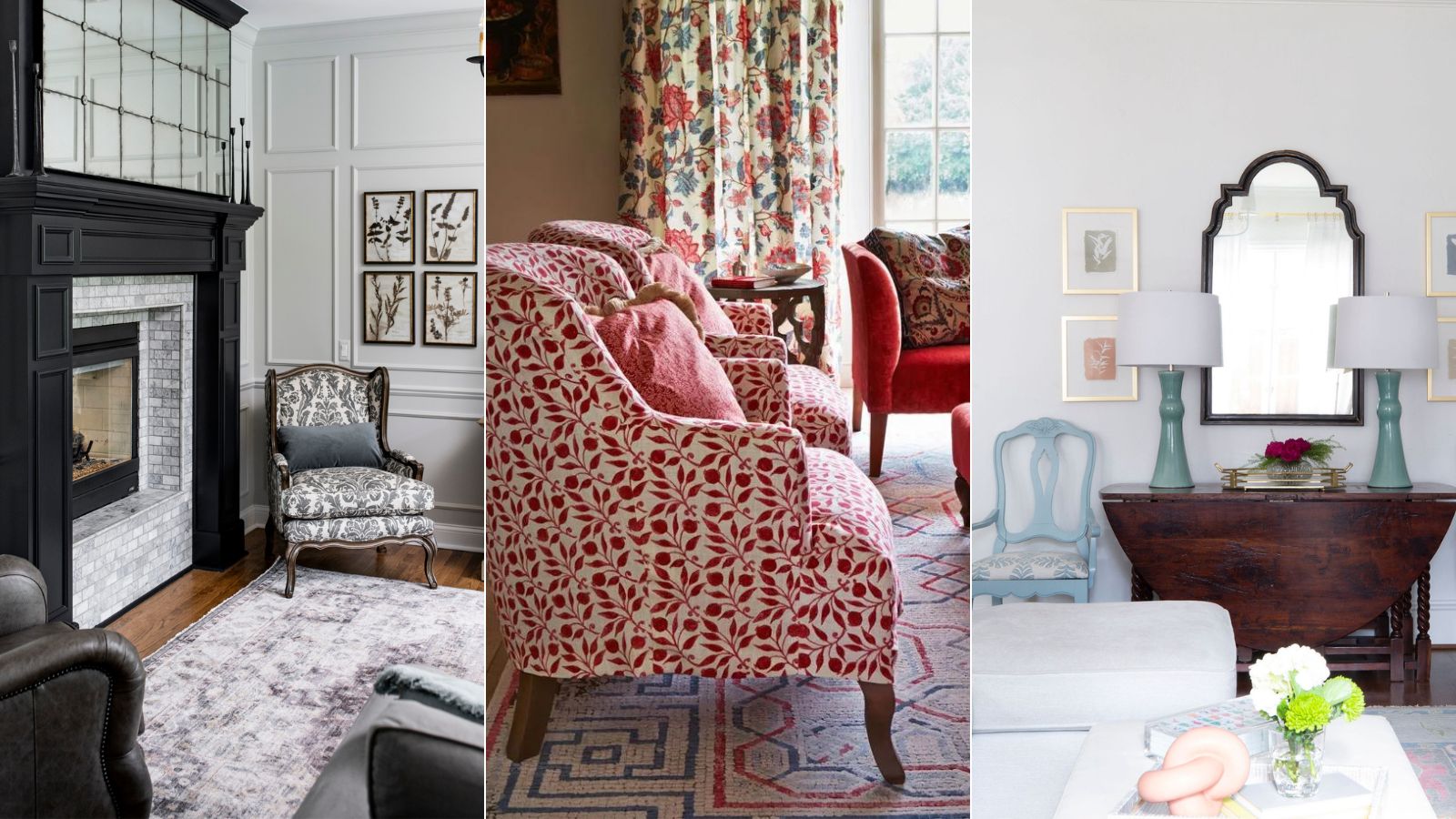

As one of the most-used and most-seen areas of a home, a living room needs thoughtful design. And one of the questions you might ask in designing it is whether living room chairs need to match?
Great living room ideas see colors, patterns, and furniture choices beautifully combined and style success comes when the room feels coherent once all the selections are made.
To answer the question of whether that means matching living room chairs is the rule, we called on the experts and this is what they told us.
Should living room chairs match?
Living room seating typically combines couches and chairs to provide sufficient space for family and friends in a room layout that allows everyone to move around comfortably.
But the room’s style matters, too, and it’s interiors pros who can provide the verdict on whether that means the living room chairs should match.
Mismatch for function and beauty
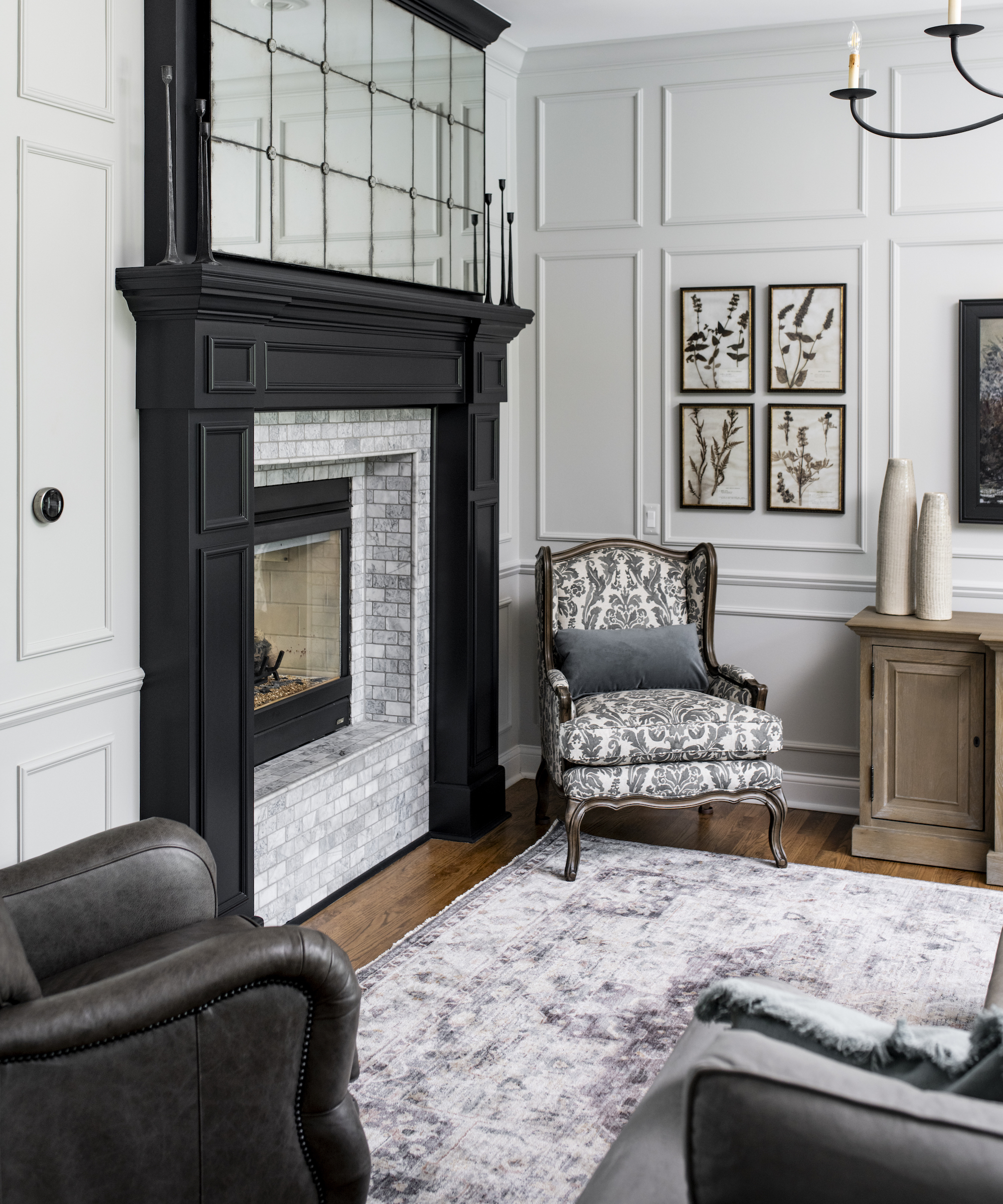
Consider mismatching to get the best of both worlds. ‘When designing a living room, it’s important that the space is just as functional as it is beautiful,’ says Detroit-based interior designer Heather Vercellino.
‘Living room chairs are a great opportunity to add function to a space using comfort and customization. Over the past several years, recliners have revived in popularity, simply because they have become a unique blend of function and beauty. The next wave of living room recliners are sleek, comfortable, and often surprising at a glance because they don’t look like a recliner. Customization includes selections of power or mechanical mechanisms, head tilts, USB ports, down cushions or spring down, glider or stationery, etc.
‘When selecting mismatched chairs, we often select a single recliner and a statement chair that’s both functional as a chair and a focal point of the room as a piece of artwork. In this recent project (above) the living room includes a leather power recliner and a custom French Louis XVI armchair. The armchair became a statement for the room, and the intentional mismatch pairing is equally beautiful and functional.’

As a distinguished leader in design, Heather Vercellino proudly takes on the role of a noted tastemaker. Her distinct style in creating rich and moody spaces has attracted a clientele on a national level from historic estates to lakefront vacation residences. With a bespoke attention to detail and her complex construction background, Heather has perfected the art of nonchalant elegance that embraces an entire way of living. Fueled by a passion for historic homes and traveling the country for inspiration, she has harmoniously embraced what is ‘new and next’, while honoring the past from family heritage to historic architectural elements.
Try matching a pair

Match when there’s a pair, suggests Eddie Rider, interior designer at Designers Lane podcast.
‘I typically follow the rule below when it comes to matching living room chairs,’ he says. ‘When there are a pair of chairs, I like them to match each other. If there happens to be a third chair with a different design, I like to use a completely different fabric and design of the chair.'
‘If the chairs are a different style, then I would use different fabrics, but you have to be careful to not get too busy,’ he adds. However, he also notes: ‘Remember, these are only opinions and it is most important to do what you love.’
Take a broad view
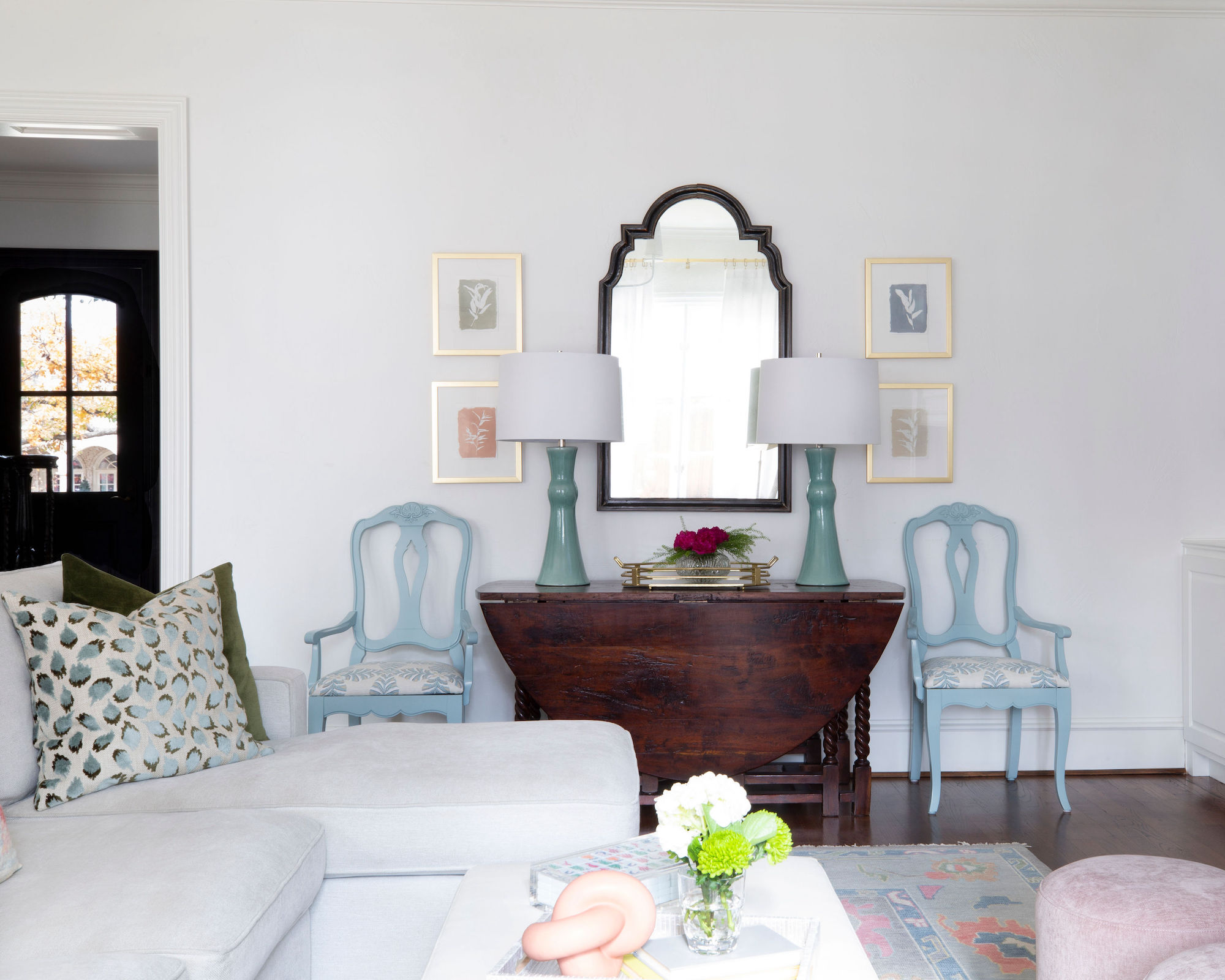
There’s no hard-and-fast rule on whether chairs should match, according to interior designer Gaia Guidi Filippi of Gaia G Interiors. Rather, think of the room style and the other pieces.
‘In a very general way, more traditional living rooms which are naturally symmetrical will lend themselves beautifully to matching sofas and chairs and you can’t go wrong when sticking to that look in a sitting area that is perfectly set up for symmetry,’ she says.
‘I also feel that if you are mismatching your sofas, for example, it’s best to flank them with a pair of matching chairs to keep the focus on the sofas’ personalities and have the chairs be the anchors.
‘In rooms that are not quite symmetrical or where you prefer to have mismatched styles, I think different chairs look fantastic alongside a curved sofa. I like the idea of using different chairs best when each one has its own function. For example, one can be a lounger with an ottoman, accompanied by a reading lamp, and the other can be a slipper chair that is easily moved around the room for conversation.
‘What often works really well is when there is a unifying factor, such as both being a mid-century style, or perhaps both being in a neutral color.

Gaia Guidi Filippi is the owner and principal designer of Gaia G Interiors in Dallas, TX. She founded her interior design firm out of a love of combining her innate creativity, discerning eye and endless resourcefulness to help people create spaces they can’t stop looking at. Her creative process merges beauty and functionality, culminating in bespoke, design-forward yet welcoming spaces.
Make it personal
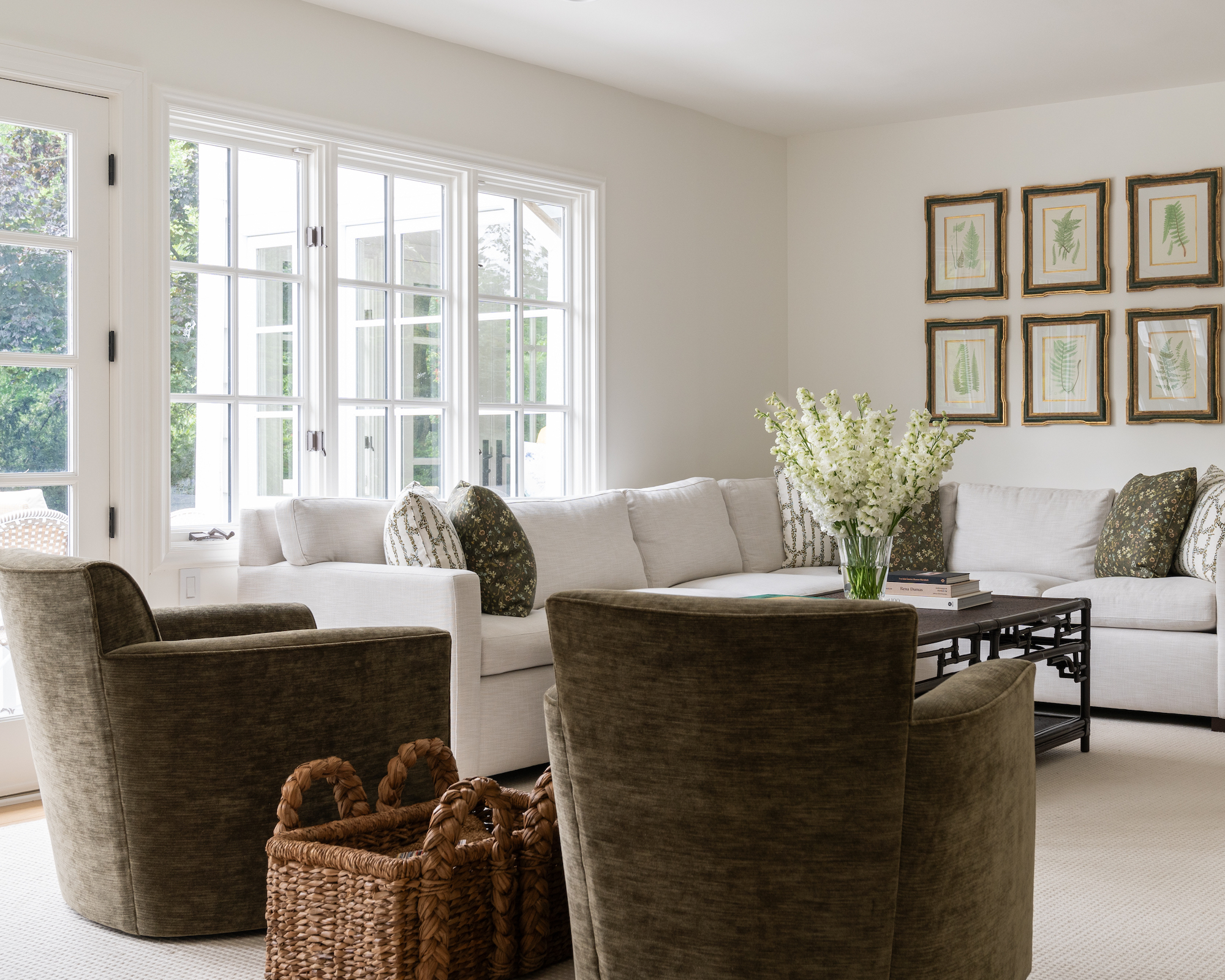
The choice of whether to match chairs rests on the style desired, according to Rita Teichner of DDIY Interiors.
‘In a living room, matching chairs can create a cohesive and polished look, especially in formal or traditional settings,’ she says. ‘Conversely, mixing chair styles can add visual interest and personality to the space, particularly in eclectic or contemporary designs. Ultimately, the decision to match or mix chairs reflects the uniqueness of each project, serving as a reflection of the home and the client.’
Mismatch for character
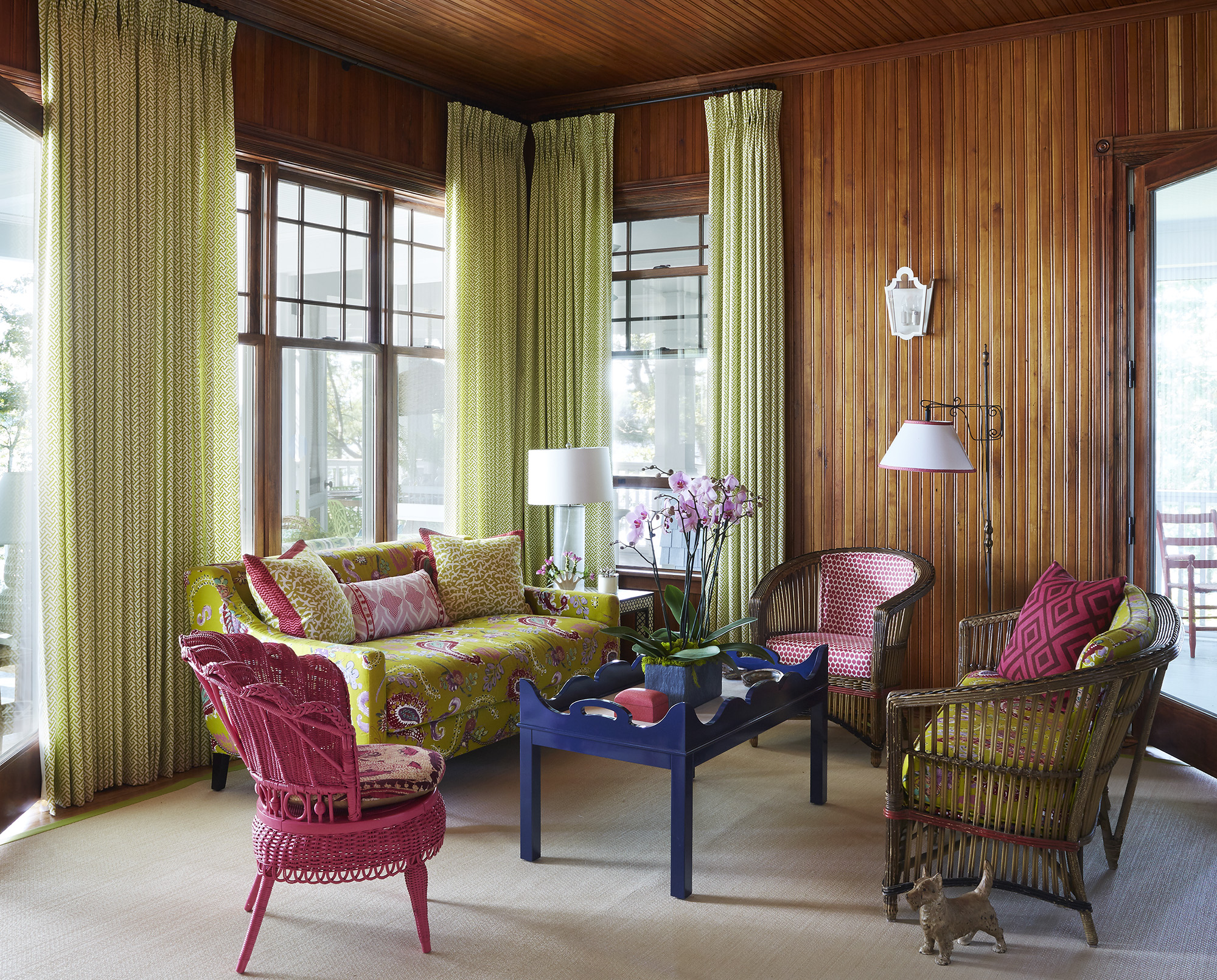
Mismatching can be a great style strategy, advises Luis Carmona of VERDE Interior Design.
‘When it comes to living room chairs, in particular accent chairs, they do not necessarily have to match,’ he explains. ‘In fact, I love it when they purposefully do not match. It gives the room a sense of character and personality which is often stripped when every item looks like it came from the same showroom.
‘Mixing and matching styles, textures, and sizes will give the room some much-needed depth. The purpose of an accent chair is to do just that: act as an accent in space. When using a singular chair or multiple chairs in different areas of the room, having the chairs not match can add color or visual interest to that part of the room.’
There is an exception, he notes. ‘One instance where I think living room chairs look better if they match is when they are specifically used in tandem or parallel from each other. Placing seating side by side as a duo usually calls for the chair to match, allowing them to act as one. It is a way of providing multiple seats in a space while not having to introduce an entirely different piece of furniture. More often than not, a simple beverage or side table in between the matching chairs is enough to create contrast between the two identical objects.’
A pair of matching armchairs can be a great solution for traditional rooms but also for Scandinavian style living rooms. For a colorful living room, non-matching can contribute to the mix. But whether you match chairs or not, factor them in from the start when designing a living room.
Sign up to the Homes & Gardens newsletter
Design expertise in your inbox – from inspiring decorating ideas and beautiful celebrity homes to practical gardening advice and shopping round-ups.

Sarah is a freelance journalist and editor. Previously executive editor of Ideal Home, she’s specialized in interiors, property and gardens for over 20 years, and covers interior design, house design, gardens, and cleaning and organizing a home for Homes & Gardens. She’s written for websites, including Houzz, Channel 4’s flagship website, 4Homes, and Future’s T3; national newspapers, including The Guardian; and magazines including Future’s Country Homes & Interiors, Homebuilding & Renovating, Period Living, and Style at Home, as well as House Beautiful, Good Homes, Grand Designs, Homes & Antiques, LandLove and The English Home among others. It’s no big surprise that she likes to put what she writes about into practice, and is a serial house renovator.
-
 Diane Keaton's living room is proof that 'symmetry in interior design' is far from dated – this concept is still ingrained in our philosophy, but there's a twist
Diane Keaton's living room is proof that 'symmetry in interior design' is far from dated – this concept is still ingrained in our philosophy, but there's a twistSymmetry is a design trick used to create smart-looking spaces
By Jennifer Ebert
-
 How can you make an outdoor kitchen feel more luxurious? Designer tips on making this hardworking space extra opulent
How can you make an outdoor kitchen feel more luxurious? Designer tips on making this hardworking space extra opulentDiscover the strategies the experts use to give an outdoor kitchen luxury style
By Sarah Warwick